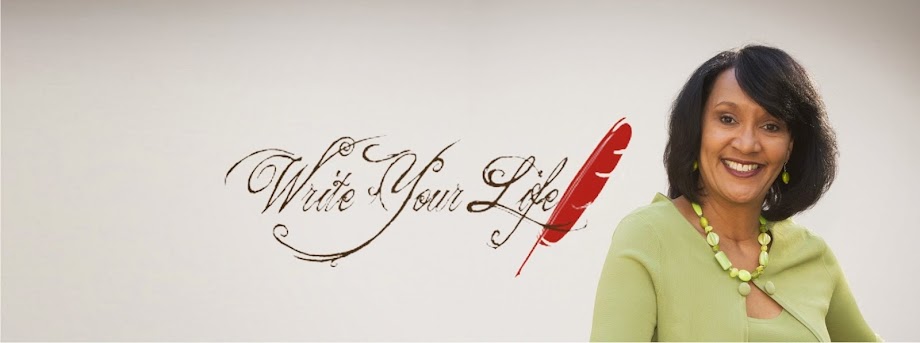As a self-publisher, you need a team of experts—an editor, designer, printer, illustrator, marketer—to ensure you have a quality product that sells. Learn what you can from these specialists and use their services when you can’t (or shouldn’t!) do it yourself.
INTERIOR BOOK DESIGN
After your manuscript is completely edited, the next step is the layout and design of the book. Understanding the process involved in preparing your book for printing will help you envision what you want your completed book to look like. Choose specifications in the early stages of book design to prevent reworking the text multiple times.
FINAL BOOK SIZE
The traditional choices of book sizes are 5 ½” x 8 ½”, 6” x 9,” or a standard letter size of 8 ½” x 11” which is especially suitable for a workbook or how-to book that contains a lot of graphics or spaces for filling in answers. Check with your printer to find the most economical size to fit your genre and your budget.
PARTS OF A BOOK
The front matter, the body, and the back matter make up the major parts of the book.
- Front matter: These pages appear before your actual book content and include the title page and the copyright page which every book must have. The dedication, table of contents, list of figures/tables, foreword, preface, acknowledgements, introduction, and prologue are optional.
- Body: The body is the story or text of the book that you’ve spent hours perfecting. Within the body, you may have simple chapter divisions or more complex part divisions, including title pages, chapter opening pages, the epilogue, an afterword, or a conclusion.
- Back matter: The last pages in the book include notes, bibliography, index, appendices, and glossary. You may or may not have information for these pages.
Look through books at the library or a book store and take note of the elements you like, such as chapter headings, size of font, placement of page numbers, position of graphics, etc. Keep your target audience in mind as you consider these elements of interior book design:
- The font style and size of the text, as well as the spacing between the lines
- The font style and size for the headings, subheadings, and chapter breaks
- Header/footer style to determine whether you like page numbers on the top or bottom of the page
- Graphs, photographs, or charts to illustrate concepts
- Quotes or graphics on leading pages of a chapter
Discuss all the options with the designer who will advise you of what works and what doesn’t. Ask for a few sample pages so you can see a visual representation of the final book layout.
_____________________
Debbie Kerr is a typesetter and proofreader specializing in interior page design. She also designs speaker sheets, postcards, and bookmarks for marketing your book.
www.planbee.biz
www.linkedin.com/in/debbiekerr/
www.planbee.biz







